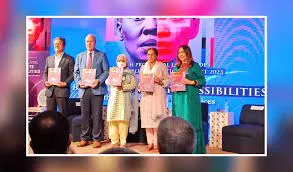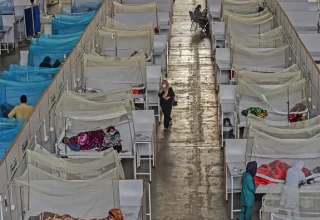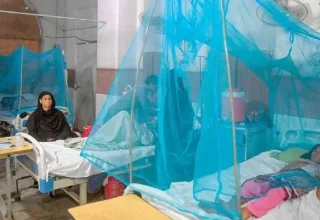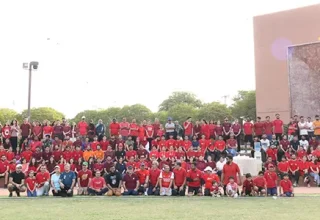
In an alarming revelation, Sindh Health Minister Azra Fazal Pechuho has acknowledged the dire state of the health department in the province, highlighting the severe shortage of doctors.
According to the minister, there is currently only one doctor available for every 7,500 people in Sindh, while the ideal ratio should be one doctor for every 1,500 individuals.
According to the SWOP report, Pakistan will be among the eight countries to account for half of the projected global population growth by 2050, along with the Democratic Republic of the Congo, Egypt, Ethiopia, India, Nigeria, the Philippines and the USA. Pakistan’s population is currently estimated at 240.5 million and is projected to reach 403 million by 2050.
The launch in Sindh was held at SZABIST, with Dr. Azra Fazal Pechuho, Sindh Minister for Population and Health as the Chief Guest.
The event was also attended by senior officials of the Government of Sindh, Consul Generals of different countries, President for SZABIST Shahnaz Wazir Ali, heads of national and international organizations, development experts, researchers, SZABIST faculties and students.
Minister of Health and Population Dr Azra Fazal Pechuho shared her reflections on the report, mentioning that the gender element is crucial for balanced population development and progress for a nation together with education for women and employment. She also called for more investments in reproductive health and family planning.
“Family planning is an integral aspect of sustainable development. Family planning is not just a women’s issue; it is also an economic issue, and a development issue. We must invest in family planning for healthier and more productive populations, and more sustainable economic growth,” said Dr. Pechuho.
Population experts in Sindh province contend that given the province’s two percent annual population growth rate, 25 million jobs will be required by 2040, which would be a difficult task given the local and global economic conditions. Sindh alone would need 25,000 more primary schools by 2040.
Currently, more than half of the girls, 51 percent (age 5-16), are out of school in the province, together with 39 percent of boys. Sindh will also require 5 million more houses by 2040 to accommodate the growing population.




































